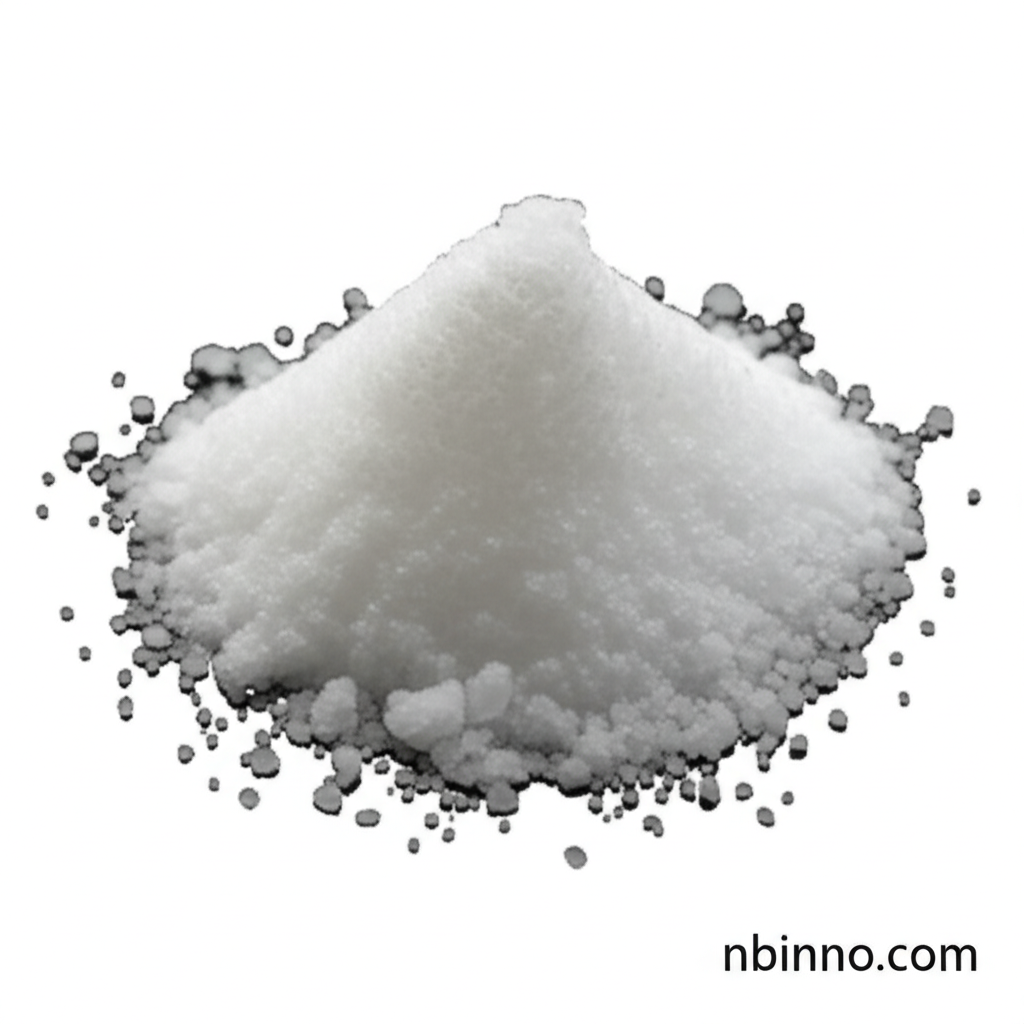Dimethyl Oxalate: Properties, Synthesis, and Versatile Applications in Organic Chemistry
Discover the essential role of Dimethyl Oxalate as a foundational chemical for innovation in various industries.
Get a Quote & SampleProduct Core Value

Dimethyl Oxalate
Dimethyl Oxalate, identified by CAS number 553-90-2, is a crucial white solid organic compound with a molecular formula of C4H6O4. Its significance lies in its extensive use as an intermediate in organic synthesis, playing a vital role in the development of pharmaceuticals and agrochemicals. The compound's utility is further amplified by its role as a precursor in the production of other key chemicals such as ethylene glycol and dimethyl carbonate, making it a cornerstone in modern chemical manufacturing processes.
- Explore the dimethyl oxalate synthesis pathways, including esterification and oxidative carbonylation, crucial for efficient industrial production.
- Understand the diverse dimethyl oxalate applications, particularly its role as a critical building block in the synthesis of pharmaceuticals and pesticides.
- Learn about the physical and chemical properties of dimethyl oxalate chemical properties, such as its appearance as a white solid and its molecular weight, essential for handling and application.
- Discover the importance of oxalic acid dimethyl ester as a versatile intermediate, enabling complex chemical transformations.
Advantages Provided by the Product
Versatile Chemical Intermediate
The compound serves as a fundamental building block in numerous chemical reactions, facilitating the creation of more complex molecules essential for various industries, a key aspect of its uses in pharmaceuticals.
Efficient Production Pathways
Advanced synthesis methods, including oxidative carbonylation, offer efficient and more sustainable routes to produce this vital chemical, aligning with modern industrial demands.
Broad Industrial Applicability
From life-saving pharmaceuticals to crop-protecting pesticides, the wide-ranging dimethyl oxalate applications highlight its indispensable nature in multiple sectors.
Key Applications
Pharmaceutical Synthesis
Dimethyl oxalate is integral to the synthesis of various pharmaceutical compounds, contributing to the development of new drugs and therapies, as supported by its extensive uses in pharmaceuticals.
Pesticide Manufacturing
Its role as a precursor in agrochemical production ensures the development of effective pesticides, fungicides, and herbicides crucial for modern agriculture.
Ethylene Glycol Production
The hydrogenation of Dimethyl Oxalate is a key process for producing ethylene glycol, a vital component in antifreeze and polyester production.
Organic Synthesis Backbone
As a fundamental part of organic synthesis, Dimethyl Oxalate allows chemists to build intricate molecular structures with high precision and efficiency.
